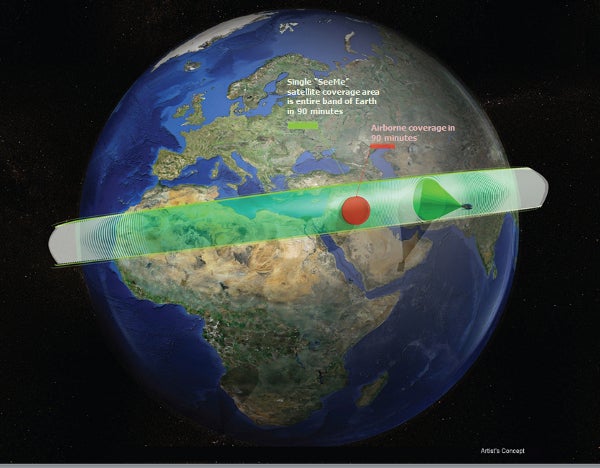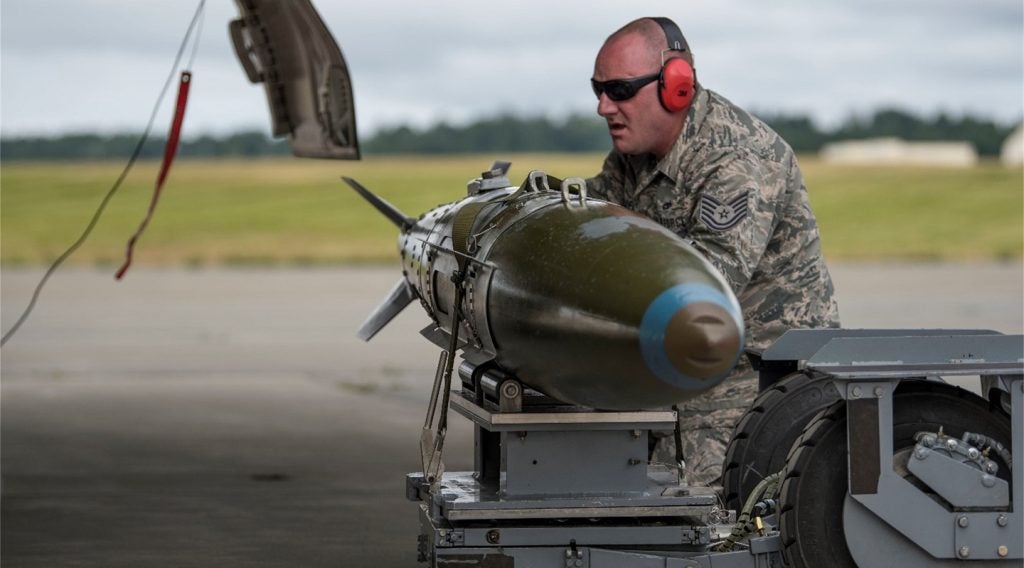
Alliant Techsystems (ATK) has been awarded a study contract to support the US Defense Advanced Research Projects Agency’s (DARPA) Space Enabled Effects for Military Engagements (SeeMe) programme.
Under the contract, the company will transition advanced, imagery-processing algorithms employed on unmanned aerial vehicles (UAVs) to space and then take advantage of resulting higher-power processing to bring size, weight, power, and cost savings in the development of military satellites.
ATK Space Systems Division vice president and general manager Tom Wilson said the contract enables the company to present its capability to provide design, development and integration methods for low-cost and low-risk flight systems.
”Our team is prepared to provide similar innovative solutions to DARPA in its mission to provide large global coverage to warfighters at lower cost," Wilson added.
The company has joined forces with Logos Technologies and University of Southern California/Information Sciences Institute to work on the contract.
The company’s new A100 small satellite product line, which is primarily aimed at serving the microsat market, is also expected to offer a unique capability to transition SeeMe technology to industry, research and military operational markets.
How well do you really know your competitors?
Access the most comprehensive Company Profiles on the market, powered by GlobalData. Save hours of research. Gain competitive edge.

Thank you!
Your download email will arrive shortly
Not ready to buy yet? Download a free sample
We are confident about the unique quality of our Company Profiles. However, we want you to make the most beneficial decision for your business, so we offer a free sample that you can download by submitting the below form
By GlobalDataSeeking production of low-cost satellite constellation, the SeeMe project aims to provide dismounted warfighters and small squads with access to on-demand, space-based tactical information for pre-mission planning in remote and beyond line-of-sight environments.
The programme will provide high-resolution satellite imagery of a precise location to soldiers at the push of a button on their handheld devices in a timely and persistent manner within 90 minutes.
The SeeMe constellation is likely to feature two-dozen satellites, each with an operational life of 60-90 days in a very low-earth orbit prior to de-orbiting and complete burn-up without leaving space debris and no re-entry hazard.
Image: An artist rendering of DARPA’s SeeMe constellation. Photo: Courtesy of DARPA.








